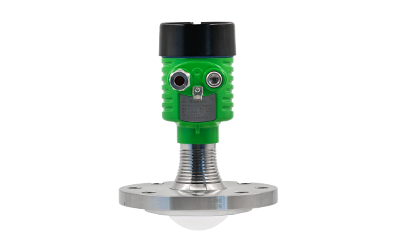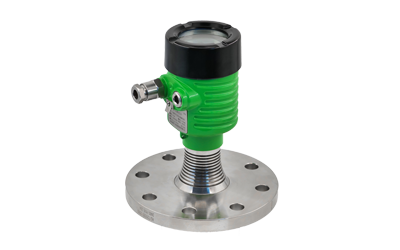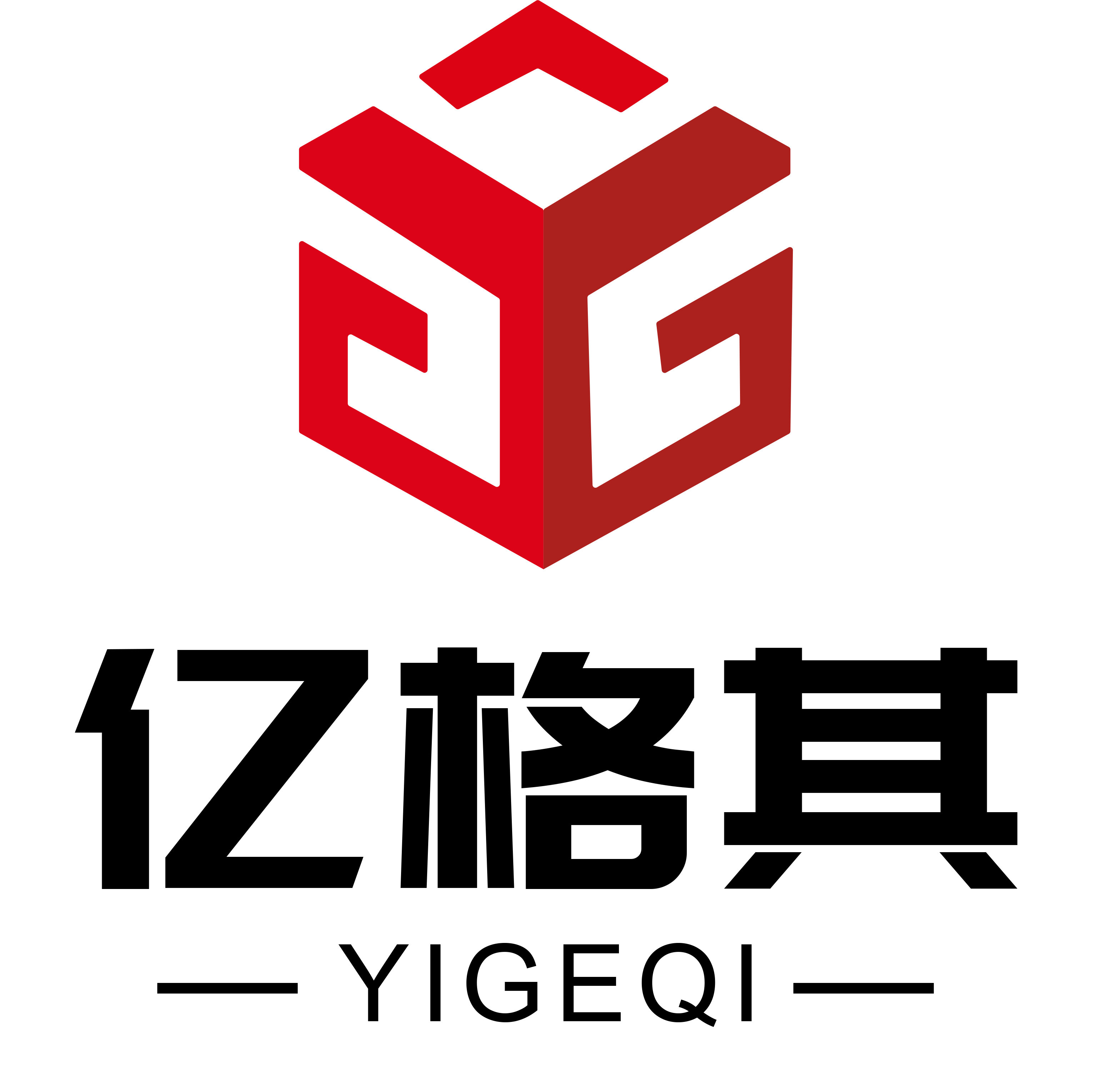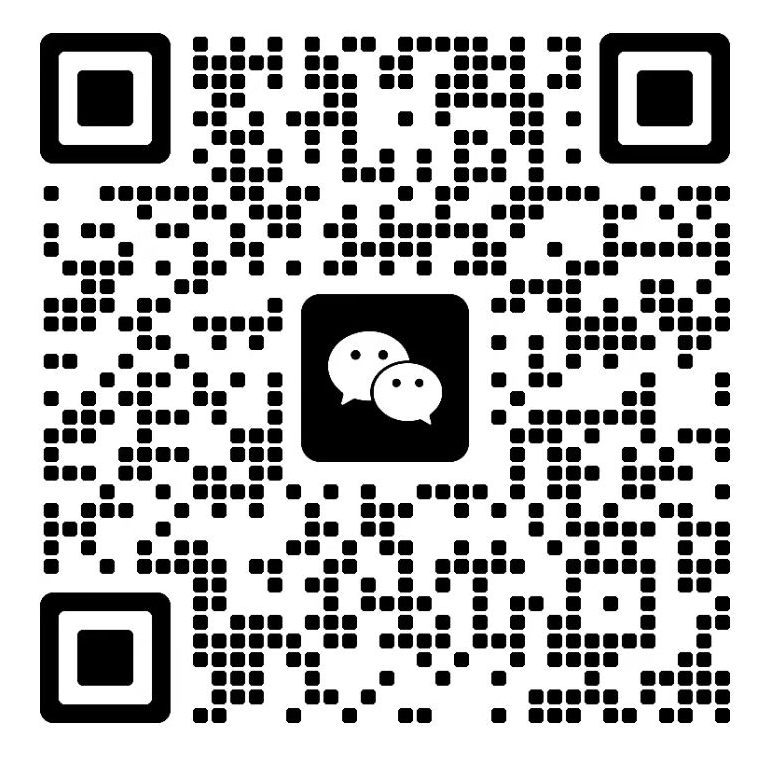In the field of industrial production and process control, accurate measurement of material levels is a crucial task. Various level measurement technologies, such as ultrasonic, capacitive, and float types, each have their own characteristics and applicable ranges. However, radar level meters stand out in certain specific application scenarios due to their unique working principle and performance advantages.
Radar level meters emit high-frequency microwave pulses and receive the echo signals reflected back from the surface of the material being measured. Based on the relationship between the propagation time and speed of microwaves, the distance from the material surface to the radar antenna is calculated, thereby determining the level height. This non-contact measurement method gives it strong adaptability in complex industrial environments.
The following are the advantageous application scenarios of radar level sensors:

Measurement of complex media
1.Liquids containing solid particles:
In industries such as chemical and food processing, it is common to encounter liquid media containing solid particles, such as chemical solutions with crystalline particles or fruit juices with pulp residue. In such cases, the ultrasonic level meter may experience signal attenuation and measurement errors due to the scattering of sound waves by the solid particles. However, the microwave signals of radar level meters are less affected by solid particles and can penetrate the particle layer to accurately measure the liquid level. For example, in a fertilizer production plant, during the crystallization process of the fertilizer solution in the reactor, the radar level meter can accurately measure the liquid level without interference from the crystalline particles, providing reliable data for production process control.
2.Media in high-temperature, high-pressure environments:
In industrial scenarios such as refining and petrochemical processes where high temperatures and pressures are common, many media are under extreme conditions. Capacitance level meters in high-temperature and high-pressure environments may suffer damage to their capacitor plates, and the dielectric constant of the medium may change due to variations in temperature and pressure, thereby affecting measurement accuracy. Radar level meters, on the other hand, are not influenced by these factors because their measurement principle is based on the propagation time of microwaves, which is largely independent of changes in the medium’s temperature, pressure, and dielectric constant. For instance, in a distillation column of an oil refinery, radar level meters can stably measure the oil level under high temperature and high pressure, ensuring production safety and quality control.
Level measurement of large storage tanks
1.Large liquid storage tanks with high precision requirements:
In industries such as oil and chemicals, the accuracy of level measurement in large liquid storage tanks is of critical importance. Float-type level meters in large storage tanks may be affected by liquid surges, mechanical component wear, and other factors, leading to a decrease in measurement accuracy. Radar level meters can achieve high-precision non-contact measurement, with accuracy reaching the millimeter level. For a massive crude oil storage tank, radar level meters can accurately measure the liquid level, providing precise data for inventory management and trade transactions, thereby reducing economic losses due to measurement errors.
2.Tanks with a high range of level variations:
Some storage tanks have a wide range of liquid level fluctuations, such as large reservoirs used for storing rainwater or industrial wastewater. Ultrasonic level meters have a relatively narrow measurement range and may be subject to interference from environmental noise when the liquid level is low. Radar level meters, on the other hand, have a wide measurement range and can adapt to significant changes from very low to high liquid levels. Additionally, their strong anti-interference capability ensures stable measurement under various liquid level conditions.
Harsh environment applications
1.Dusty environment:
In environments with high levels of dust, such as cement plants and flour mills, the light beams of optical level meters may be obscured by dust, resulting in unable to measure properly. The microwave signals of radar level meters can penetrate through dust, allowing for accurate measurement of material levels. For example, in the raw material silo of a cement plant, where a large amount of cement dust is present, the radar level meter can still accurately measure the material level, ensuring the smooth progress of the production process.
2.Corrosive environments:
In industries such as chemical and electroplating, many materials are corrosive. Contact-type level meters, such as float or capacitance types, have sensor components that can be easily corroded, thereby reducing their service life and affecting measurement accuracy. Radar level meters, with their non-contact measurement method, can be equipped with antennas made of corrosion-resistant materials for protection. This allows them to operate stably over long periods in corrosive environments, effectively measuring material levels.

Radar level meters have demonstrated significant advantages in measuring complex media, large storage tank level measurement, and applications in harsh environments compared to other level measurement technologies. Their non-contact measurement, strong anti-interference capability, high precision, and wide adaptability make them an ideal choice for these specific application scenarios. With the continuous development of industrial technology, radar level meters are expected to play an important role in more fields, providing strong support for the efficiency, accuracy, and safety of industrial production.


